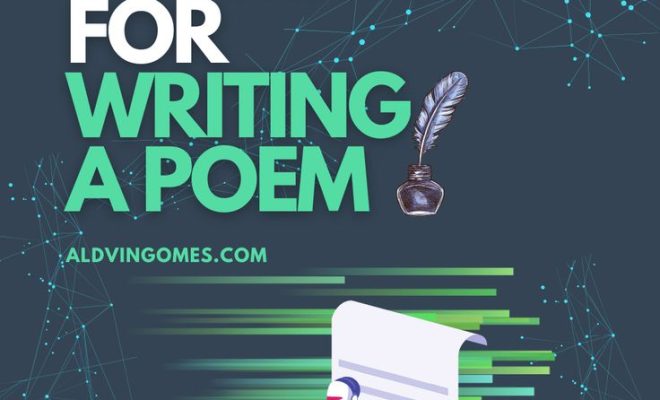Using Artificial Intelligence to Lower High School Dropout Rates

Every year, over 1.2 million students drop out of high school in the United States. That’s a student every 26 seconds or 7,000 a day. This comes at a time when the job market demands more highly skilled candidates than ever.
School dropout is a problem that comes at a great cost to society. A study out of Northeastern University found that each high school dropout costs taxpayers $292,000 through the course of their lives. What’s needed is a way to identify students in crisis so schools can intervene before they drop out.
Signs of a student who is at risk of dropping out include poor performance on assignments and tests, frequent absenteeism, misbehavior, failure to do homework and no interest in extracurricular activities. If these early signs could be picked up as they happen, it might be possible to intervene and prevent students from giving up on their education.
With the help of educational data mining (EDM), such early warning systems already exist. EDM is a research field that applies data mining, machine learning, and statistics to data generated at schools, colleges, universities and intelligent tutoring systems.
In 2013, schools in Arlington, Virginia, where the 2013 student dropout rate was 6%, invited data analysts around the world to analyze their student data to see what data points correlate with future dropouts. What they found was that class attendance, class performance, and socioeconomic status predicted future dropouts.
However, by the time the data analysis points to a high school student at risk, it might be too late for that student. That’s why in 2011, the Commonwealth of Massachusetts instituted an early warning indicator system (EWIS) starting in first grade. EWIS works by using student data that are readily available and routinely collected. These systems are in use at more than 30 states across the nation.
Tacoma, WA, success story
In 2010 only 55% of the high school students in the 30,000-student Tacoma district earned their diplomas at a time when the national average was 81%. Administrators turned things around to graduation rates of 78% by 2014 with the help of Azure Machine Learning.
They succeeded in doing this by leveraging the predictive analytics strengths of Azure ML. The team wanted to use predictive analytics to find and work closely with at-risk students in order to boost their graduation rates. Azure ML helps enterprises to make the most informed decisions possible by analyzing all the appropriate data in real time.
Student data spanning five years was uploaded to Azure for analysis, including demographic, academic and student performance information. Azure was able to predict if a student was at risk of dropping out during the following semester. This enabled schools to work with the students to support them to stay in school and complete their studies.
Early warning systems that leverage machine learning are increasingly being used to boost high school graduation rates. This development is a boon to society at large as successful completion of school education correspond with better health, longer life expectancy, good citizenship, and a generally happy life.





